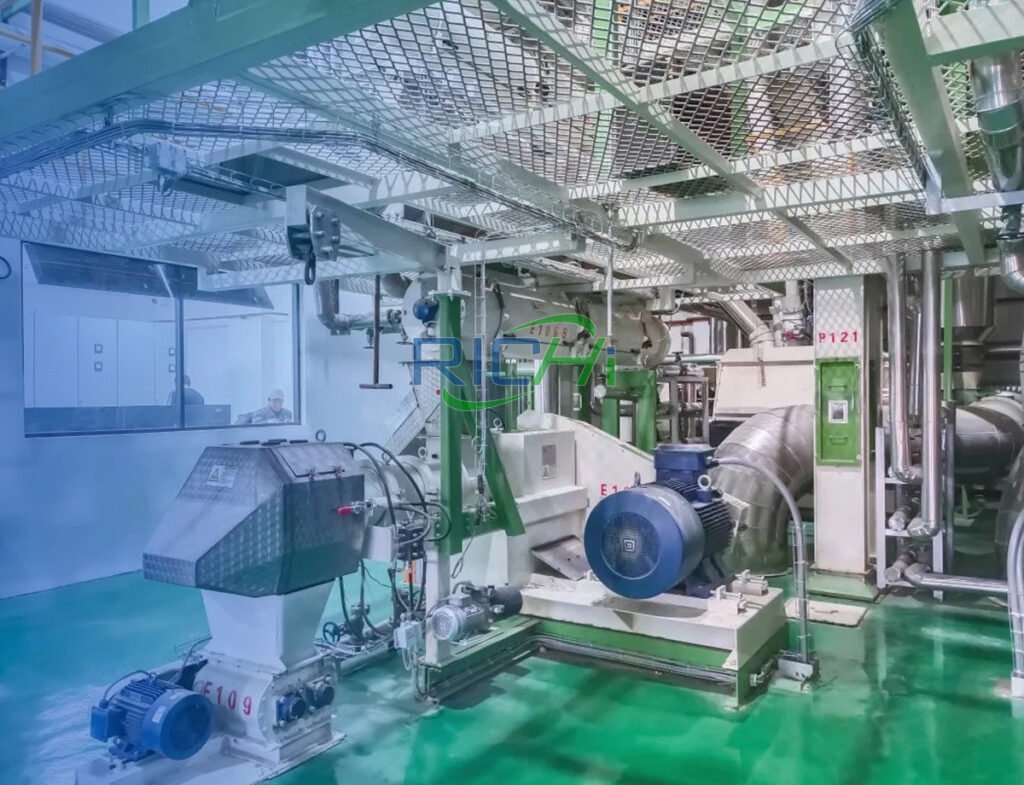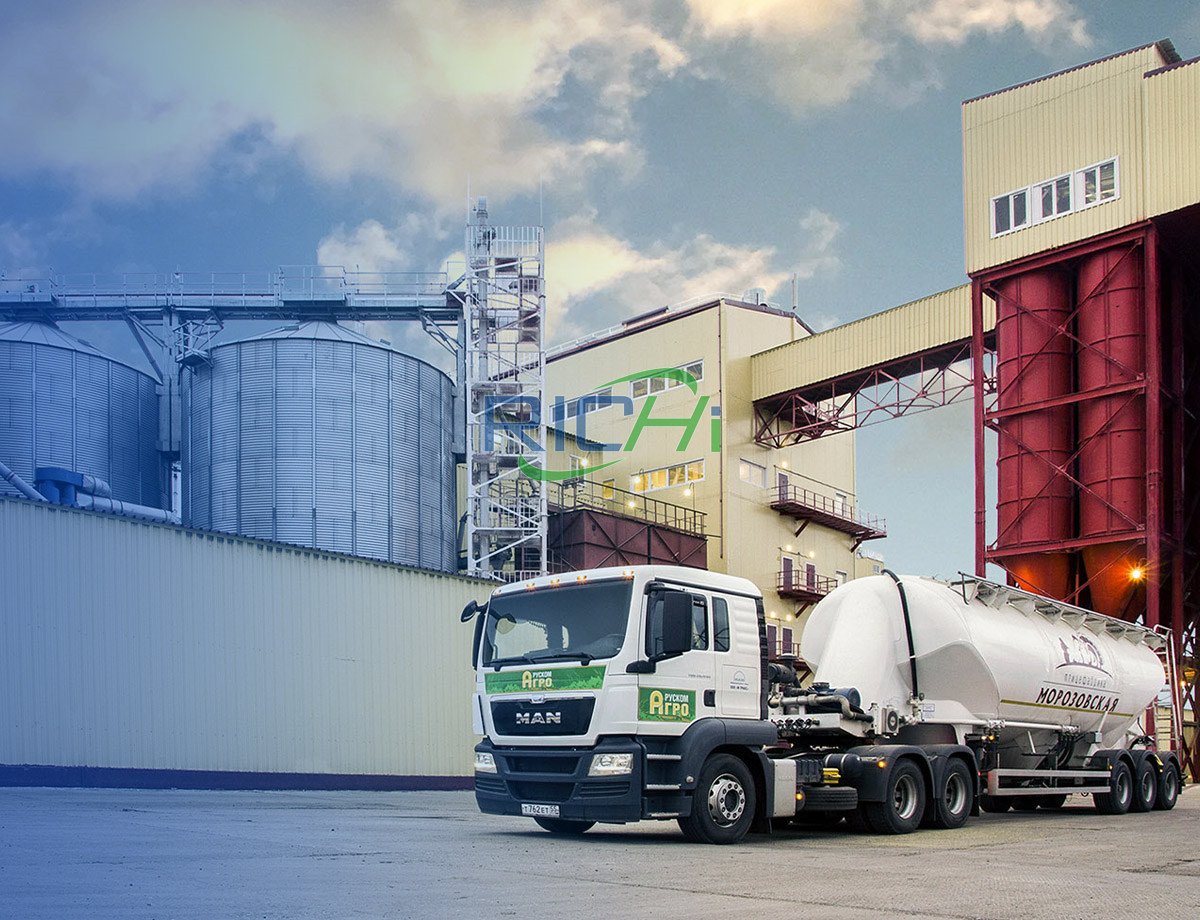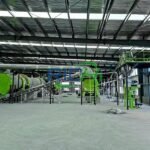The aquaculture industry has experienced remarkable growth worldwide, leading to an increased demand for efficient and cost-effective aqua feed production. A 2 tons per hour (t/h) aqua feed plant represents a medium-scale investment, and its water resource requirements can significantly impact operational costs. This article examines how water resource needs influence the costs of operating a 2 t/h aqua feed plant across various regions.
Key Factors Affecting Water-Related Costs
- Water Availability and Pricing
The availability and cost of water can differ significantly from one region to another, directly affecting operational expenses. - Water Quality
The quality of available water impacts treatment costs and the lifespan of equipment. - Regulatory Environment
Regulations regarding water usage and discharge can have a considerable effect on compliance costs. - Climate Conditions
Local climate influences water consumption for cooling and processing purposes. - Technological Advancements
The implementation of water-efficient technologies can reduce consumption but may require a higher initial investment.
Regional Analysis
- Southeast Asia (e.g., Vietnam, Thailand)
- Water Availability: Generally high
- Cost Impact: Lower water procurement costs due to abundance; potential for higher treatment costs due to water quality issues.
- Example: In Vietnam, a 2 t/h aqua feed plant might consume 20-30 cubic meters of water per hour. With water prices around $0.5-$1 per cubic meter, daily water costs could range from $240-$720.
- Regulatory Factor: An increasing focus on water conservation may lead to future cost increases.
- North America (e.g., United States)
- Water Availability: Varies by region
- Cost Impact: Higher water costs in areas with water scarcity; stringent quality standards increase treatment costs.
- Example: In California, where water prices could reach $2-$3 per cubic meter, daily water costs for the same plant could amount to $960-$2,160.
- Regulatory Factor: Strict discharge regulations may necessitate advanced treatment systems, raising capital and operational costs.
- Europe (e.g., Norway)
- Water Availability: Generally high in Northern Europe
- Cost Impact: Moderate water costs with a strong emphasis on water recycling technologies.
- Example: In Norway, advanced recycling systems could reduce water consumption to 15-20 cubic meters per hour. At $1-$1.5 per cubic meter, daily costs might range from $360-$720.
- Regulatory Factor: Stringent environmental regulations encourage investment in water-efficient technologies.
- Middle East (e.g., Saudi Arabia)
- Water Availability: Low
- Cost Impact: High procurement costs and significant investment in desalination technologies.
- Example: In Saudi Arabia, reliance on desalinated water may drive prices to $4-$5 per cubic meter, resulting in daily water costs of $1,920-$3,600 for a 2 t/h plant.
- Regulatory Factor: Government incentives for water-efficient technologies may help offset some costs.
- China
- Water Availability: Varies significantly by region
- Cost Impact: Lower costs in water-abundant areas; potentially high costs in water-scarce northern regions.
- Example: In water-rich southern China, costs might be similar to those in Southeast Asia, while northern regions could see prices 2-3 times higher.
- Regulatory Factor: Increasing environmental regulations may lead to higher water treatment and recycling costs. (Related post: fish feed plant cost)

Cost Mitigation Strategies
- Water Recycling Systems
Investing in water recycling can significantly lower consumption and long-term costs.- Cost Implication: Initial investment of $100,000-$200,000 for a 2 t/h plant, with potential savings of 40-60% on water costs.
- Efficient Cooling Systems
Implementing air-cooled systems or closed-loop cooling can help reduce water consumption.- Cost Implication: 10-20% higher initial equipment costs but a 30-50% reduction in water usage for cooling.
- Raw Material Selection
Choosing raw materials that require less water for processing can decrease overall consumption.- Cost Implication: A potential increase in raw material costs by 5-10%, but a 15-25% reduction in water usage.
- Wastewater Treatment and Reuse
Advanced treatment systems enable the reuse of process water.- Cost Implication: Investment of $150,000-$300,000 in treatment systems, with up to a 70% reduction in freshwater intake.
- Regular Maintenance and Leak Prevention
Establishing a rigorous maintenance program to prevent water losses.- Cost Implication: Increased maintenance costs by 10-15%, but potential savings of 5-10% on water.
Case Study: Comparing Water-Related Costs
Here’s a comparison of the water-related costs for a 2 t/h aqua feed plant in various regions:
- Vietnam (Southeast Asia)
- Daily water cost: $480 (average)
- Annual water cost: $175,200
- Additional treatment costs: $50,000/year
- Total annual water-related cost: $225,200
- California (United States)
- Daily water cost: $1,560 (average)
- Annual water cost: $569,400
- Additional treatment costs: $100,000/year
- Regulatory compliance costs: $50,000/year
- Total annual water-related cost: $719,400
- Norway (Europe)
- Daily water cost: $540 (average with recycling)
- Annual water cost: $197,100
- Additional recycling system costs: $30,000/year
- Total annual water-related cost: $227,100
- Saudi Arabia (Middle East)
- Daily water cost: $2,760 (average)
- Annual water cost: $1,007,400
- Desalination system costs: $200,000/year
- Total annual water-related cost: $1,207,400
- Southern China
- Daily water cost: $600 (average)
- Annual water cost: $219,000
- Additional treatment costs: $70,000/year
- Total annual water-related cost: $289,000
Conclusion
The water resource requirements for a 2 t/h aqua feed plant can significantly impact operational costs, with variations of up to 500% between water-rich and water-scarce regions. Factors such as water availability, quality, regulatory environment, and climate conditions play crucial roles in determining these costs.
Investors and operators must carefully consider these regional differences when planning aqua feed plants. While water-abundant regions like Southeast Asia and parts of Europe offer cost advantages, they may face increasing regulatory pressures in the future. Conversely, water-scarce regions, particularly in the Middle East, face high water-related costs but often provide incentives for water-efficient technologies.
Implementing water-saving strategies and technologies can substantially reduce long-term operational costs, especially in water-scarce or highly regulated regions. Although these technologies often require significant initial investments, they can yield substantial returns through reduced water consumption and compliance costs.
By thoroughly evaluating regional water resources and adopting appropriate water management strategies, aqua feed plant operators can optimize their water-related costs and ensure long-term sustainability in an increasingly water-conscious global market.


